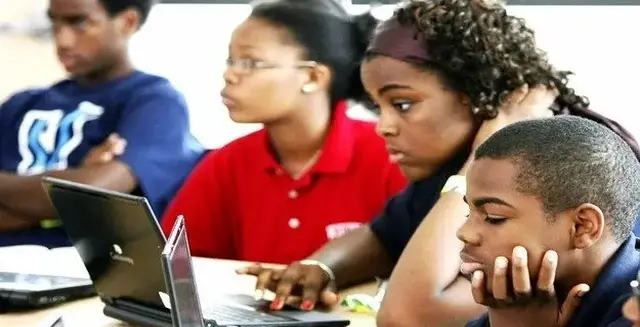
Students now mostly communicate via email in the hectic academic environment of today. A student's academic and career path can be greatly impacted by their ability to communicate successfully via email, whether they are corresponding with professors, working on group assignments, or applying for internships. However, a lot of students don't know how to send emails properly, which can cause miscommunication and lost chances. This blog discusses fundamental email etiquette for students and relationships Between Teachers & Students, outlining important guidelines and useful examples, and emphasizes how Class Connect Pro can help them get proficient in these areas.
Importance of Email Etiquette for Students
Students need to understand email etiquette for several reasons. First of all, it advances professional growth. Not only does mastering email communication help kids succeed academically, but it also equips them for future employment where professional email abilities will be necessary. Secondly, an important first impression can be created by the caliber of email correspondence. Well-written emails show professionalism, respect, and attention to detail when students send them to teachers or prospective employers.
Additionally, proper email etiquette fosters productive communication. Improved interactions and fewer misunderstandings are achieved through polite and unambiguous communication. Additionally, polite conversation promotes good relationships with instructors, potential employers, and classmates. It shows that students respect other people's time and work, which is important in contexts that are both professional and academic.
Important Email Etiquette Guidelines for Students
Students who want to be excellent email communicators need to adhere to specific email etiquette guidelines. These guidelines aid in ensuring that emails are courteous, straightforward, and professional.

Subject Line
An email's subject line creates a first impression. An email's goal can be quickly and easily understood by the receiver when it has a clear and short subject line. For example, give more specific topic information in the subject line (e.g., "Question About Research Paper Deadline") rather than leaving it broad like "Question." The recipient can prioritize and respond to the email more quickly thanks to its clarity.
Greetings
A polite salutation at the beginning of an email establishes a professional tone. If applicable, use the recipient's name and title. Say "Hello John" to a fellow student or "Dear Professor Smith" when addressing a professor. It is courteous to begin an email with a polite salutation since it sets the tone for the rest of the correspondence.
Body
The email's body should be clear and well-organized. Give a succinct introduction, explain the email's goal, and include any pertinent information at the outset. Divide the text into paragraphs to make it easier to read. Steer clear of slang and extremely informal language. Keep the email professional at all times. For instance, rather than approaching someone and asking for assistance with an assignment, Put something like this: "I would appreciate your help with my assignment." Could we arrange a time to talk about it?
Closing
Finish the email with a kind note. Put your name after expressions like "Best regards," "Sincerely," or "Kind regards." As an example, following a thorough question, end with "Best regards, John Doe." Adding your name to an email gives it a more personal touch and makes it easier for the recipient to figure out who sent it.
Proof Reading
Always check your email for spelling and grammar mistakes before sending it. Errors in an email might compromise its clarity and professionalism. Check the content one last time to make sure there are no mistakes. Spell checks and other tools can be useful, but to identify any mistakes, a complete reading-through is necessary.
Conclusion
Students who want to thrive in both their academic and professional careers must learn proper email etiquette. Students can improve their communication skills, establish wholesome relationships, and leave a lasting impression by following the guidelines of email etiquette. See our other blog here What Factors Should Small Schools Consider When Choosing a Communication System?
FAQs
1. Why is email etiquette so important for students?
Email etiquette is important because it allows students to interact properly, establish good impressions, and avoid misunderstandings in academic and professional situations.
2. How can Class Connect Pro help me with email etiquette?
Class Connect Pro offers templates, standards, and examples to help students learn and practice correct email etiquette.
3. What are common mistakes students make when sending emails?
Common blunders include using informal language, failing to proofread, having unclear subject lines, and utilizing inappropriate greetings and closings.
4. How quickly should students respond to email?
Students should respond to emails within 24-48 hours to respect the sender's time and maintain productive communication.
5. Can emojis be used in professional emails?
It is preferable to avoid using emojis in professional correspondence. Use precise, courteous language to preserve a professional tone.
Students who learn email etiquette with the help of Class Connect Pro can pave the way for academic and professional success.